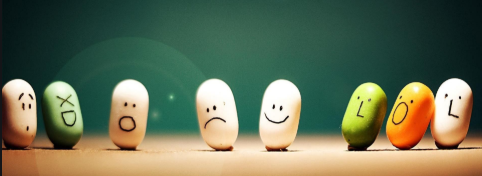
Emotional design can be seen as the concept that includes the user’s emotional response to the request by the client. It is most visual in the design of products such as cars or electronics, although the best example is the designs of casino websites and social media outlets.
We are all involved, we think our response to services and objects are rational, but in the end, our emotions have much more to do with it than we want to believe. Any new product you lay your eyes upon triggers a response, an emotional response that is. Visuals trigger something of emotional response; some things get your emotions to respond quicker others take a few seconds. You might not even know when your feelings are hard at play, but it does explain why you might find something highly appealing today, that yesterday you thought was mediocre. The emotions we feel can, at times even go unnoticed, but they are the driving force behind our decisions and part of our thought process.
Designers
Anyone thinks of a product or interface purely on the visuals and then the practical use you see also plays a role. This means you understand you like; you start imagining how you could use it. This explains the design of many products; if it creates a feeling of joy, pleasure or even happiness, you are more likely to spend time considering about buying it.
Visceral Creations
The way top designers create websites or products are based on emotional responses. To break the whole process down to just three concepts, reflective, behavioural and visceral ideas. The intuitive design is one of the first they pay attention to; this is to manipulate the very first response from the public. The best example to use is online casino website design; these can be upmarket, classy or bright. The look will stimulate thoughts of fun, value or interest, or that is the response the designer hope for. Anyone of the three will make the viewer linger longer.
If the rest of the website is designed to correspond with the look that got the player or the passer-by interested in the first place, the chance that he/she will join is much higher. What designers need to create is visuals that people want to respond to, want to know more about or want to try.
All the above responses are emotional; it includes interaction as the behaviour it achieves is interest to join and play the games. The wish to find out more by signing up or getting the benefits offered from a site that speaks directly to your wants, your preferences or your desires. This explains why you might not always be aware of how the designs get you emotionally involved as they do it naturally.